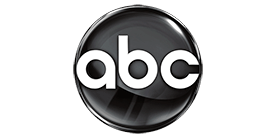Enabling Safe and Independent Aging in Place
Step2health is dedicated to improving the lives of seniors and promoting their well-being through innovative products in the health and wellness field.
As Seen On
Best Selling Products
-
- Regular price
- $199.00
- Sale price
- $199.00
- Unit price
- per
-
- Regular price
- $119.00
- Sale price
- $119.00
- Unit price
- per
ABOUT STEP2HEalth
Step2health provides a range of health and wellness products for seniors that encourage confidence and independence to age in place while keeping their safety in mind. Founded by Vince Baiera, a former ICU nurse at the Cleveland Clinic and Duke University Hospital, Step2health products are developed considering the difficulties seniors face with limited mobility. As a professional and experienced nurse, Vince Baiera developed the step2bed, step2tub and more amazing products that are patented for their unique designs and functionality.
Partner Products
-
FireAvert 3-Prong Electric Stove Automatic Shut-Off
![FireAvert 3-Prong Electric Stove Automatic Shut-Off]()
- Regular price
- $199.99
- Sale price
- $199.99
- Unit price
- per
-
FireAvert 4-Prong Electric Stove Automatic Shut-Off
![FireAvert 4-Prong Electric Stove Automatic Shut-Off]()
- Regular price
- $199.99
- Sale price
- $199.99
- Unit price
- per
The Top 10 Cities Where Seniors Can Live the Good Life
According to the US Census Bureau projections, there are currently 73 million Americans in the baby boomers’ generation. Pursuing mental and physical fitness, these seniors are redefining "senior living" and they don’t necessarily subscribe to the set notion of retirement.
READ MORE












































































































































